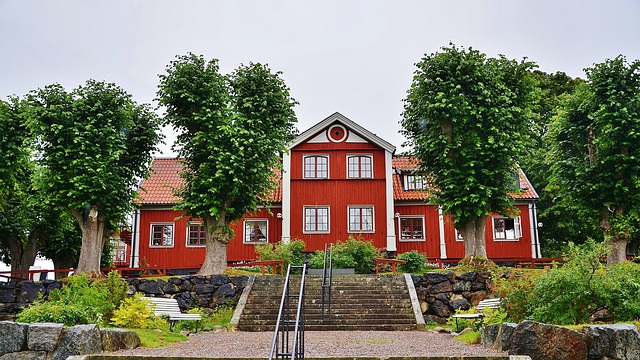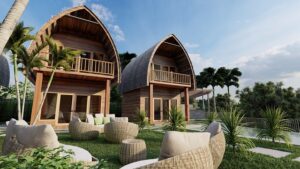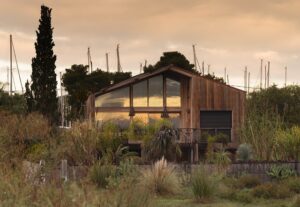Introduction
When it comes to housing options, townhouses and duplexes are two popular choices that offer a unique blend of privacy and shared living spaces. While they may seem similar at first glance, there are distinct differences between the two. In this article, we will explore the characteristics of townhouses and duplexes, highlighting their similarities and contrasting features.
Design and Layout
Design: Townhouses and duplexes differ in their architectural design. Townhouses are typically part of a row of similar-looking houses, sharing common walls with neighboring units on either side. On the other hand, duplexes are designed as a single building divided into two separate living units, often with mirrored floor plans.
Layout: Townhouses usually have multiple floors, with bedrooms located on the upper levels and common areas on the ground floor. Duplexes, on the other hand, can have either a single-level or multi-level layout, depending on the specific design. Each unit in a duplex typically has its own entrance, making them more independent compared to townhouses.
Ownership and Privacy
Ownership: Townhouses are commonly owned by individuals who purchase the entire unit, including the land it sits on. In contrast, duplexes can be owned by a single individual who lives in one unit and rents out the other, or they can be owned separately by different individuals.
Privacy: While both townhouses and duplexes provide more privacy compared to apartments or condominiums, townhouses generally offer more privacy due to their separate entrances and lack of shared walls within the unit. Duplexes, on the other hand, may have shared walls between the two units, which can result in less privacy.
Outdoor Space
Yard: Townhouses often have a small private yard or patio area, providing residents with some outdoor space for gardening or relaxation. Duplexes may also have a yard, but it is typically shared between the two units unless the property is divided into separate sections for each unit.
Balcony: Both townhouses and duplexes can feature balconies or terraces, offering residents an outdoor space to enjoy fresh air and views. The presence and size of balconies may vary depending on the specific design and layout of the unit.
Community Amenities
Shared Facilities: In some cases, townhouses may be part of a larger community or complex that offers shared amenities such as swimming pools, gyms, or playgrounds. Duplexes, being standalone units, generally do not come with shared facilities unless they are part of a larger development.
Price and Availability
Price: The cost of townhouses and duplexes can vary depending on factors such as location, size, and amenities. Generally, townhouses tend to be more expensive due to their standalone nature and increased privacy. Duplexes, being divided into two units, can offer a more affordable housing option.
Availability: The availability of townhouses and duplexes can also vary depending on the housing market and location. Townhouses are more commonly found in urban areas, while duplexes can be found in both urban and suburban settings.
Conclusion
In conclusion, while townhouses and duplexes share some similarities, such as providing a combination of privacy and shared living spaces, they also have distinct differences in terms of design, layout, ownership, privacy, outdoor space, and community amenities. Understanding these differences can help individuals make informed decisions when choosing between a townhouse and a duplex for their housing needs.
References
– National Association of Home Builders: www.nahb.org
– Investopedia: www.investopedia.com
– The Balance: www.thebalance.com













